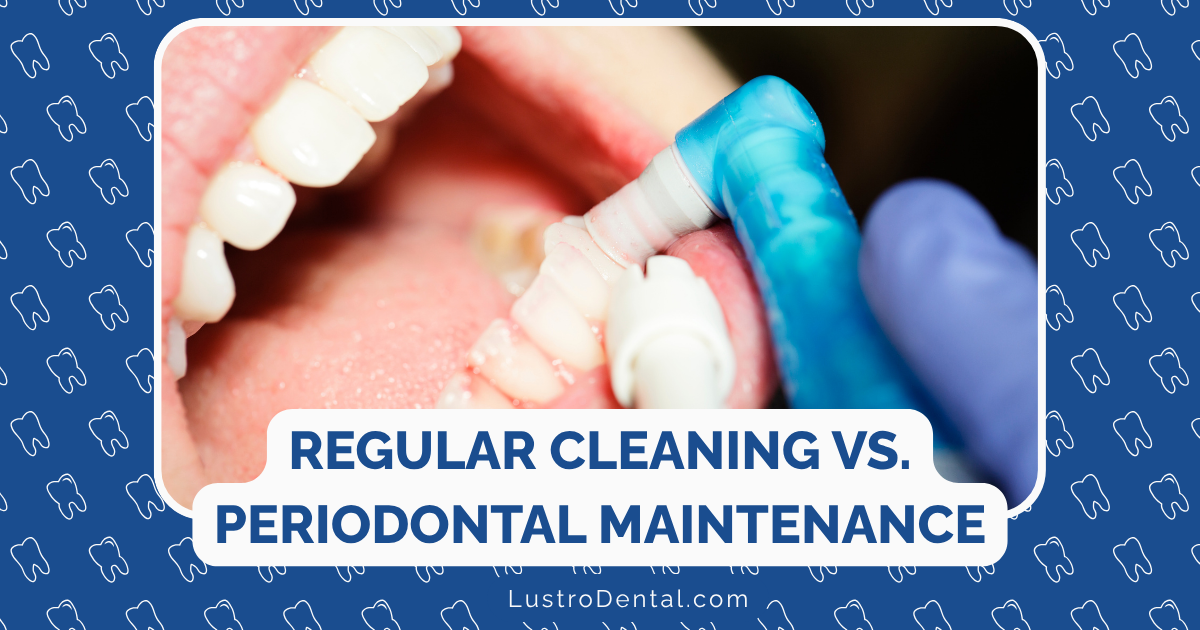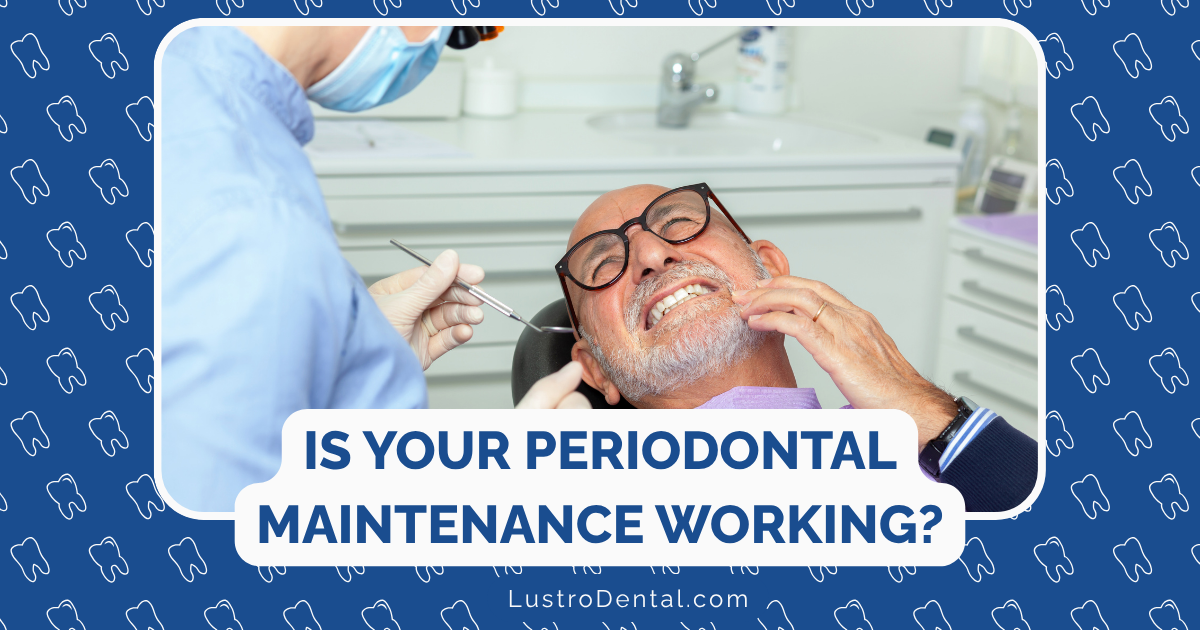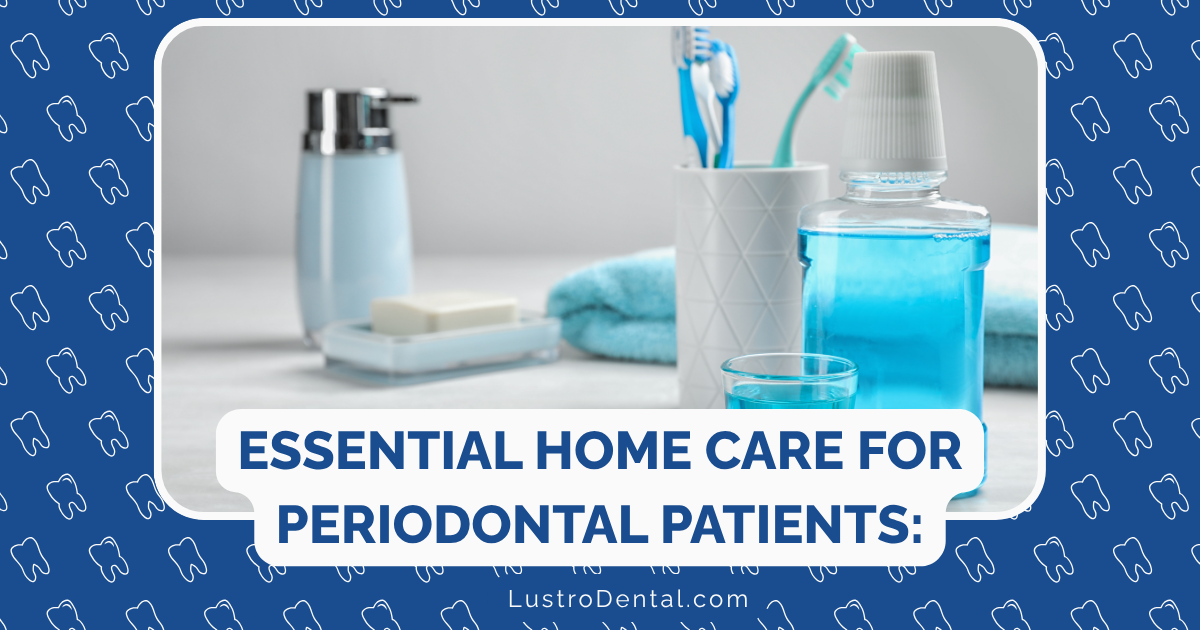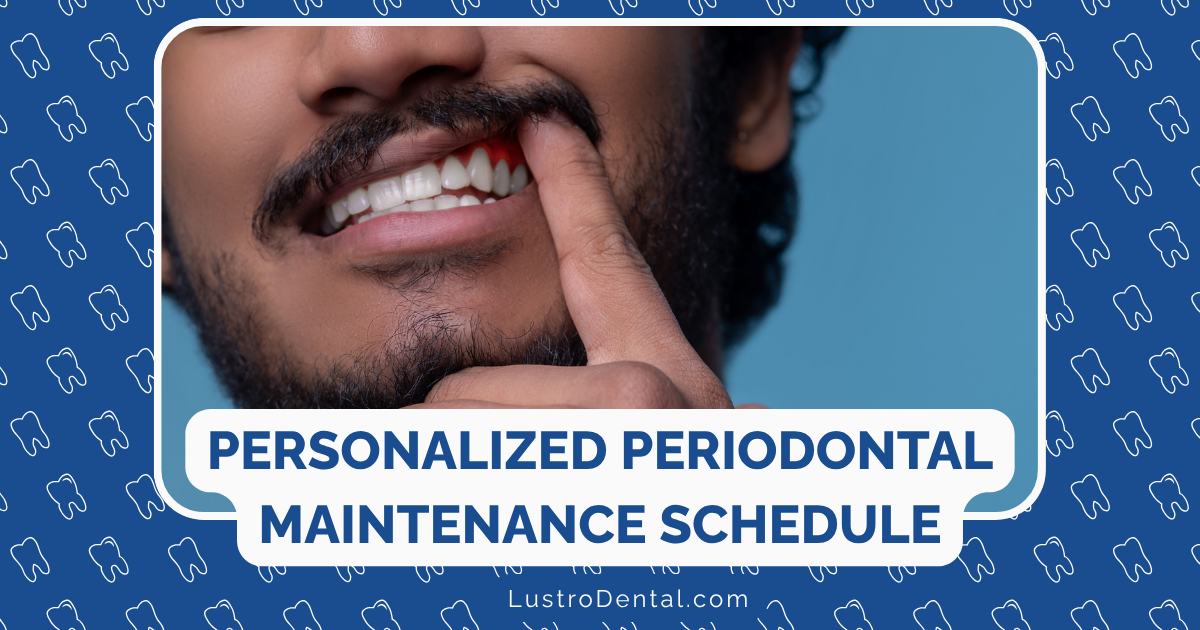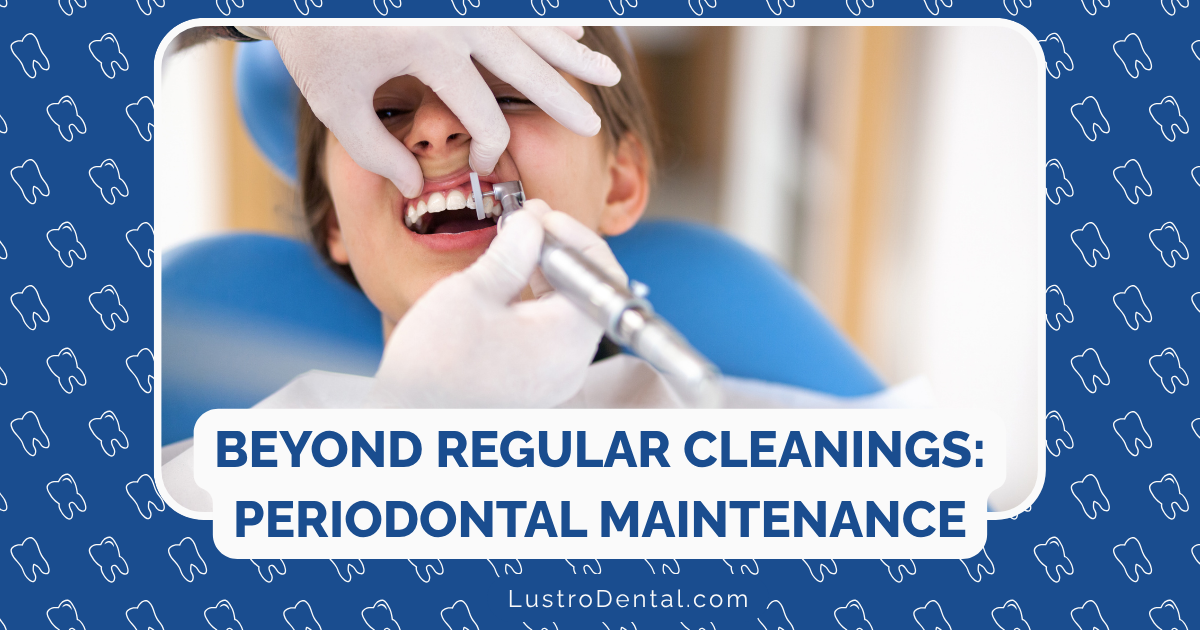The Emerging Link Between Periodontal Disease and Alzheimer’s
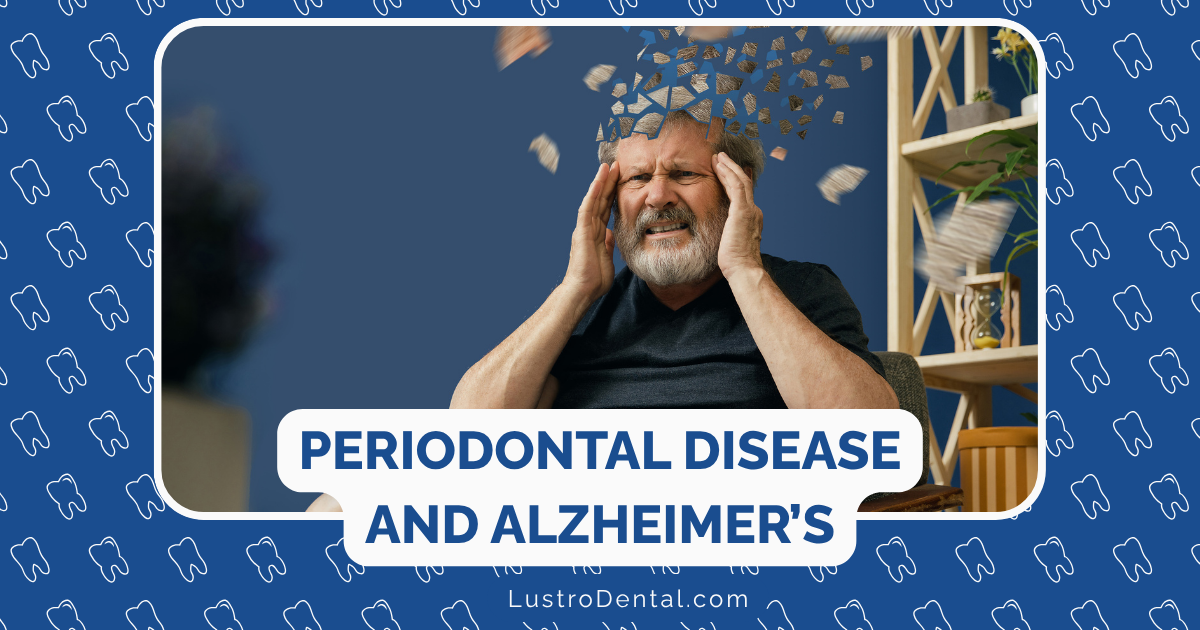
When I talk to my patients about the importance of oral health, many are surprised when I mention the potential connection to brain health. “What does flossing have to do with my memory?” they often ask. As it turns out, potentially quite a lot.
In recent years, a growing body of research has been uncovering a fascinating and concerning link between periodontal (gum) disease and Alzheimer’s disease. This connection isn’t just interesting from a scientific perspective—it could fundamentally change how we approach both oral health care and dementia prevention.
Let’s explore what researchers have discovered about this relationship, what it might mean for you, and most importantly, what practical steps you can take to protect both your smile and your brain.
The Alarming Statistics
Before we dive into the science, let’s look at some numbers that highlight why this topic deserves our attention:
- Periodontitis affects approximately 10-11% of the global adult population, with prevalence rising to 70-90% in individuals over 65 years.
- In the United States, periodontitis affects over 40-46% of adults aged 30 and above, with severe manifestations in over 10% of cases.
- Alzheimer’s disease accounts for 60-80% of dementia cases, with approximately 10% of individuals aged 65 and older affected.
- A recent large-scale study found that poor oral health is associated with a more than two-fold increase in the risk of Alzheimer’s disease compared to normal oral health.
- Diseases related to tooth loss were found to be the most significant risk factor for Alzheimer’s disease, with a risk ratio of 3.186.
These statistics aren’t meant to frighten you, but rather to emphasize that both conditions are common, and their potential connection warrants serious consideration.
The Bacterial Culprit: Porphyromonas gingivalis
At the center of this emerging link is a specific bacterium called Porphyromonas gingivalis (P. gingivalis). This isn’t just any oral bacterium—it’s considered the primary pathogen responsible for chronic periodontitis.
According to a comprehensive review published in Frontiers in Immunology in 2025, approximately 85.75% of subgingival plaque samples from periodontitis patients test positive for P. gingivalis.
What makes this bacterium particularly concerning is its ability to:
- Survive and thrive in the mouth: P. gingivalis is remarkably adaptable, forming biofilms that resist both your immune system and antibiotics.
- Produce destructive enzymes: It secretes proteins called gingipains that break down gum tissue and bone, leading to the hallmark destruction seen in periodontal disease.
- Travel throughout the body: Most critically, P. gingivalis doesn’t always stay confined to the mouth. It can enter the bloodstream through bleeding gums and potentially reach distant organs—including the brain.
Dr. Sarah Riviere, neurologist at Johns Hopkins Medicine, explains: “What makes P. gingivalis particularly concerning is not just its presence in the brain of Alzheimer’s patients, but its apparent ability to contribute directly to the pathological changes we associate with the disease.”
How Oral Bacteria May Reach and Affect the Brain
Recent research has identified several pathways through which periodontal bacteria might reach the brain:
1. The Blood-Brain Barrier Pathway
The blood-brain barrier (BBB) is a highly selective membrane that shields the brain from potentially harmful substances in the bloodstream. However, according to a 2025 study in Dove Medical Press, P. gingivalis may cross this barrier through two mechanisms:
- Transcytosis: The bacteria are transported through the cells that make up the BBB.
- Disruption of intercellular junctions: The bacteria damage the tight connections between cells, creating gaps that allow passage into the brain.
2. The Neural Pathway
P. gingivalis may also travel along the trigeminal nerve (which connects the face and mouth to the brain) or the olfactory nerve (responsible for smell), bypassing the blood-brain barrier entirely.
3. The Gut-Brain Axis
Some research suggests that oral bacteria may influence brain health through the gut-brain axis, potentially altering the gut microbiome and triggering systemic inflammation that ultimately affects the brain.
The Inflammatory Connection
Inflammation serves as a critical link between periodontal disease and Alzheimer’s. Both conditions involve chronic inflammatory processes:
- In periodontitis, inflammation begins as the body’s response to bacterial infection but becomes destructive when it persists chronically.
- In Alzheimer’s disease, neuroinflammation is a key feature, with activated immune cells in the brain (microglia and astrocytes) contributing to neuronal damage.
When P. gingivalis enters the brain, it can trigger or exacerbate this neuroinflammation through:
- Microglial activation: Brain immune cells become hyperactive, releasing inflammatory molecules.
- Production of pro-inflammatory cytokines: These signaling proteins amplify the inflammatory response.
- Oxidative stress: The resulting free radicals damage neurons and their connections.
The Alzheimer’s Disease Connection
The most compelling evidence linking periodontal disease to Alzheimer’s involves the hallmark features of the neurodegenerative condition:
1. Amyloid-Beta Plaques
Research published in the MDPI journal Life in early 2025 found that P. gingivalis is associated with the accumulation of amyloid-beta (Aβ) plaques—abnormal protein deposits that disrupt communication between neurons.
The gingipains produced by P. gingivalis may contribute to this process by:
- Directly damaging neurons
- Altering the processing of amyloid precursor protein
- Promoting inflammation that accelerates plaque formation
2. Tau Hyperphosphorylation
P. gingivalis infection has also been linked to the hyperphosphorylation of tau proteins, which leads to the formation of neurofibrillary tangles—another hallmark of Alzheimer’s disease.
3. Neuronal Loss
The combined effects of inflammation, oxidative stress, and protein aggregation ultimately lead to neuronal damage and death, manifesting as the cognitive decline characteristic of Alzheimer’s disease.
Research Evidence: What Studies Have Found
The evidence supporting the connection between periodontal disease and Alzheimer’s continues to grow:
- A 2019 study published in Science Advances found gingipains (the toxic enzymes produced by P. gingivalis) in 96% of brain samples from Alzheimer’s patients they examined.
- A 2020 study in the Journal of Alzheimer’s Disease found that individuals with chronic periodontitis had a 70% higher risk of developing Alzheimer’s disease compared to those without gum disease.
- A 2023 meta-analysis in Frontiers in Aging Neuroscience examined 47 studies and concluded that periodontitis was significantly associated with an increased risk of cognitive impairment and Alzheimer’s disease.
- Most recently, a 2025 systematic literature network analysis published in The Lancet Regional Health confirmed a positive correlation between periodontal disease and Alzheimer’s disease, highlighting two main pathways: the inflammatory cascade and direct microbial involvement.
Animal Studies Provide Further Evidence
Animal studies have provided additional insights into this relationship:
- When mice were orally infected with P. gingivalis, the bacteria were later found in their brains, along with increased amyloid-beta production.
- These infected mice also exhibited impaired cognitive function and memory, mirroring symptoms seen in human Alzheimer’s patients.
- Treatment with gingipain inhibitors reduced bacterial load, blocked amyloid-beta production, and reduced neuroinflammation in infected mice.
Beyond P. gingivalis: Other Oral Health Connections
While P. gingivalis has received the most attention, other aspects of poor oral health may also contribute to Alzheimer’s risk:
- Tooth loss: A 2023 study found that each lost tooth was associated with a 1.1% increase in dementia risk, suggesting cumulative effects of poor oral health.
- Other periodontal pathogens: Bacteria such as Treponema denticola and Tannerella forsythia have also been implicated in neurodegeneration.
- Chronic inflammation: Even without specific bacteria reaching the brain, the systemic inflammation from periodontal disease may contribute to neuroinflammation and cognitive decline.
Protecting Your Brain Through Oral Health: Practical Strategies
The emerging link between periodontal disease and Alzheimer’s offers a potentially modifiable risk factor for dementia. Here are evidence-based strategies to protect both your oral and brain health:
1. Maintain Rigorous Oral Hygiene
- Brush thoroughly twice daily using fluoride toothpaste and a soft-bristled brush
- Floss daily to remove plaque between teeth where your toothbrush can’t reach
- Consider an antimicrobial mouthwash to reduce bacterial load
- Replace your toothbrush every 3-4 months or sooner if bristles are frayed
2. Schedule Regular Dental Visits
Professional cleanings remove hardened plaque (tartar) that home care can’t address. Your dentist can also spot early signs of periodontal disease before significant damage occurs.
Dr. Michael Chen, periodontist at University of California, San Francisco, recommends: “Most healthy adults should see a dentist every six months, but those with existing periodontal issues or risk factors for Alzheimer’s might benefit from quarterly visits.”
3. Address Risk Factors for Periodontal Disease
Several factors increase your risk for gum disease:
- Smoking: Quit smoking, as it significantly increases periodontal disease risk and severity
- Diabetes: Maintain good blood sugar control if you have diabetes
- Stress: Practice stress management techniques, as chronic stress can impair immune function
- Medications: Discuss with your doctor if you take medications that reduce saliva flow
- Nutrition: Eat a balanced diet rich in vitamins C and D, which support gum health
4. Consider Professional Interventions for Existing Periodontal Disease
If you already have periodontal disease, professional treatment is essential:
- Scaling and root planing (deep cleaning) removes bacteria, calculus, and toxins
- Adjunctive therapies such as locally delivered antimicrobials may help control bacterial infection
- Periodontal maintenance visits every 3-4 months help prevent disease recurrence
- Advanced treatments for severe cases may include surgical interventions
5. Adopt a Brain-Healthy Lifestyle
Many factors that support brain health also benefit oral health:
- Anti-inflammatory diet: Focus on fruits, vegetables, whole grains, and omega-3 fatty acids
- Regular exercise: Aim for at least 150 minutes of moderate activity weekly
- Quality sleep: Prioritize 7-8 hours of restful sleep nightly
- Cognitive stimulation: Keep your brain active through learning, social engagement, and mental challenges
- Stress management: Practice meditation, mindfulness, or other relaxation techniques
Emerging Treatments Targeting the Periodontal-Alzheimer’s Connection
Researchers are exploring treatments that specifically target the mechanisms linking periodontal disease to Alzheimer’s:
- Gingipain inhibitors: Compounds that block the destructive enzymes produced by P. gingivalis are in development, with early clinical trials showing promise.
- Anti-inflammatory approaches: Targeted anti-inflammatory therapies may help break the inflammatory cycle connecting the two conditions.
- Probiotics: Beneficial bacteria that help maintain a healthy oral microbiome are being studied for their potential to reduce periodontal pathogens.
- Stem cell-derived exosomes: A 2023 review in Biomedicine & Pharmacotherapy highlighted how stem cell-derived exosomes may help regulate the bidirectional link between periodontitis and neurodegenerative diseases by supporting tissue regeneration and reducing inflammation.
The Future of Research and Care
The connection between periodontal disease and Alzheimer’s points toward several promising directions:
1. Screening and Early Intervention
Dental examinations may eventually become part of cognitive health screening, with periodontal disease serving as an early warning sign for dementia risk.
2. Interdisciplinary Approaches
The complex relationship between oral and brain health underscores the need for collaboration between dentists, neurologists, and other healthcare providers.
3. Personalized Risk Assessment
Genetic factors influence both periodontal disease susceptibility and Alzheimer’s risk. Future approaches may include personalized risk profiles that guide preventive strategies.
4. Public Health Initiatives
Given the high prevalence of both conditions, public health campaigns promoting oral hygiene as brain protection could have significant population-level benefits.
The Bottom Line: A Reason for Hope, Not Fear
The emerging link between periodontal disease and Alzheimer’s isn’t just another health concern to worry about—it actually offers hope. Unlike many risk factors for Alzheimer’s, such as age and genetics, periodontal disease is largely preventable and treatable.
Dr. Lisa Genova, neuroscientist and author of “Still Alice,” puts it this way: “What’s exciting about this research is that it gives us another lever to pull in Alzheimer’s prevention—one that’s accessible to everyone through daily habits and regular dental care.”
By taking care of your oral health today, you may be taking an important step toward protecting your cognitive function tomorrow. And that’s something worth smiling about.


